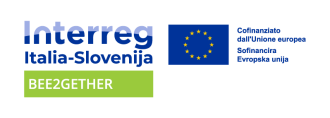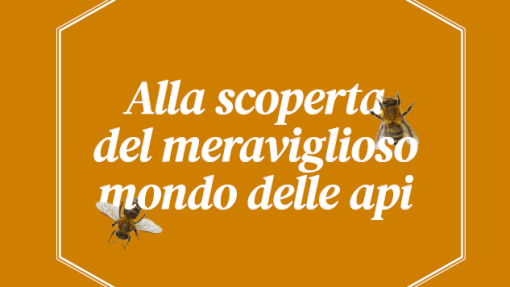Activity 4.3 of the European project BEE2GETHER is dedicated to involving schools, with a clear objective: to raise awareness among younger generations about the importance of bees for biodiversity and environmental sustainability.
As part of this effort, deliverable 4.3.1 has been developed—a comprehensive educational kit designed for teachers and educators who wish to bring environmental education into the classroom. The material offers practical tools for creating autonomous learning pathways within primary and secondary schools in the project’s target areas, adaptable to students’ age and the school’s available time. The main goal is to ensure that the educational legacy of the project remains active even after its conclusion, enabling transferability and replicability of the model.
The proposed program is built around two complementary thematic strands.
The ecological path focuses on the impact bees have on ecosystems and the environment. It starts with an introduction to biodiversity and guides students to explore how bees are indicators of the planet's health. Students are encouraged to reflect on the main threats bees face today—such as pollution, pesticides, and climate change—and to understand the role society can play in protecting them.
The evolutionary path, on the other hand, draws attention to bee biology and their interaction with the plant world. Students discover the complex social structure of hives, plant reproduction through pollination, and the interdependence between bees and agriculture. This approach helps highlight the value of bees not only for nature but also for food production and the resilience of agricultural ecosystems.
Each introductory section is enriched with QR codes, allowing access to further in-depth content and offering an autonomous and personalized learning experience.
The course duration is flexible, ranging from 4 to 10 hours, and can include both classroom lessons and—where possible—hands-on activities such as visits to educational apiaries. These immersive experiences allow students to observe bees up close, making the learning process even more engaging.
In Italy, the kit is divided into three versions, one for each school level (primary, lower secondary, and upper secondary). In Slovenia, where the primary school cycle runs from ages 6 to 13 without being split into two levels, two versions are provided: one for primary/lower secondary schools and one for upper secondary schools.
All materials are available for free download in PDF format below:
Downloadable materials:
• ITA – Primary School
• ITA – Lower Secondary School
• ITA – Upper Secondary School
• SLO – Primary / Lower Secondary School
• SLO – Upper Secondary School

